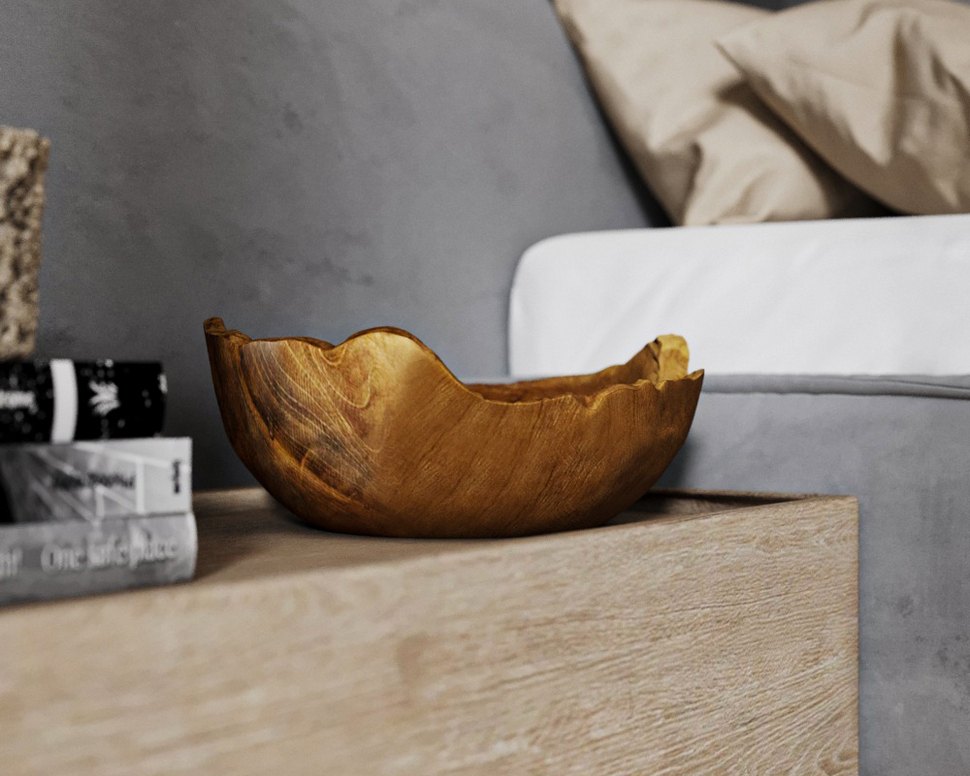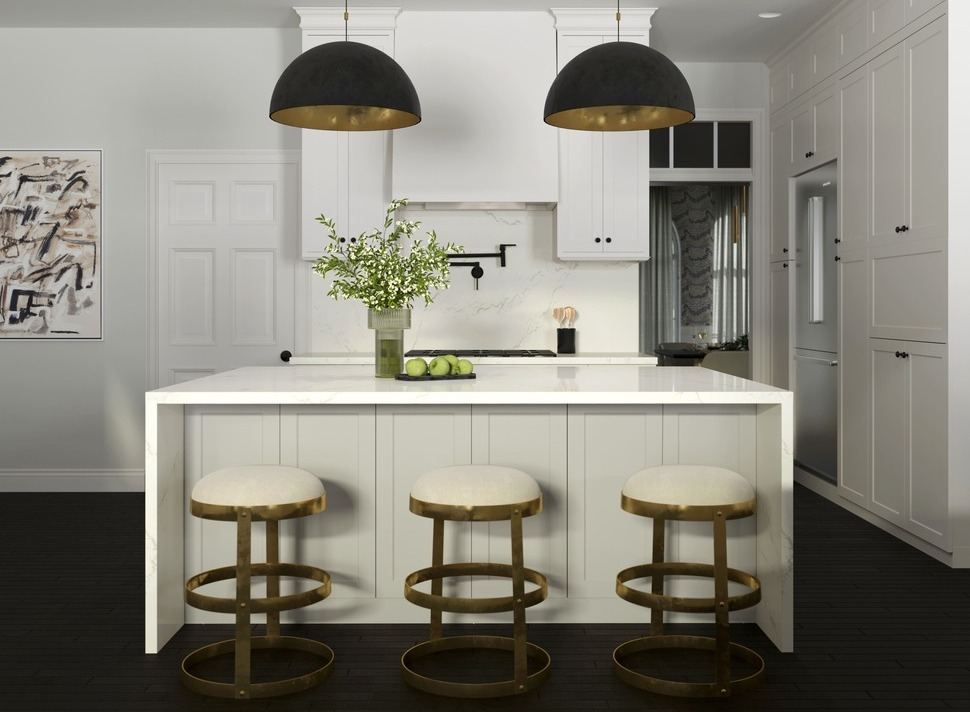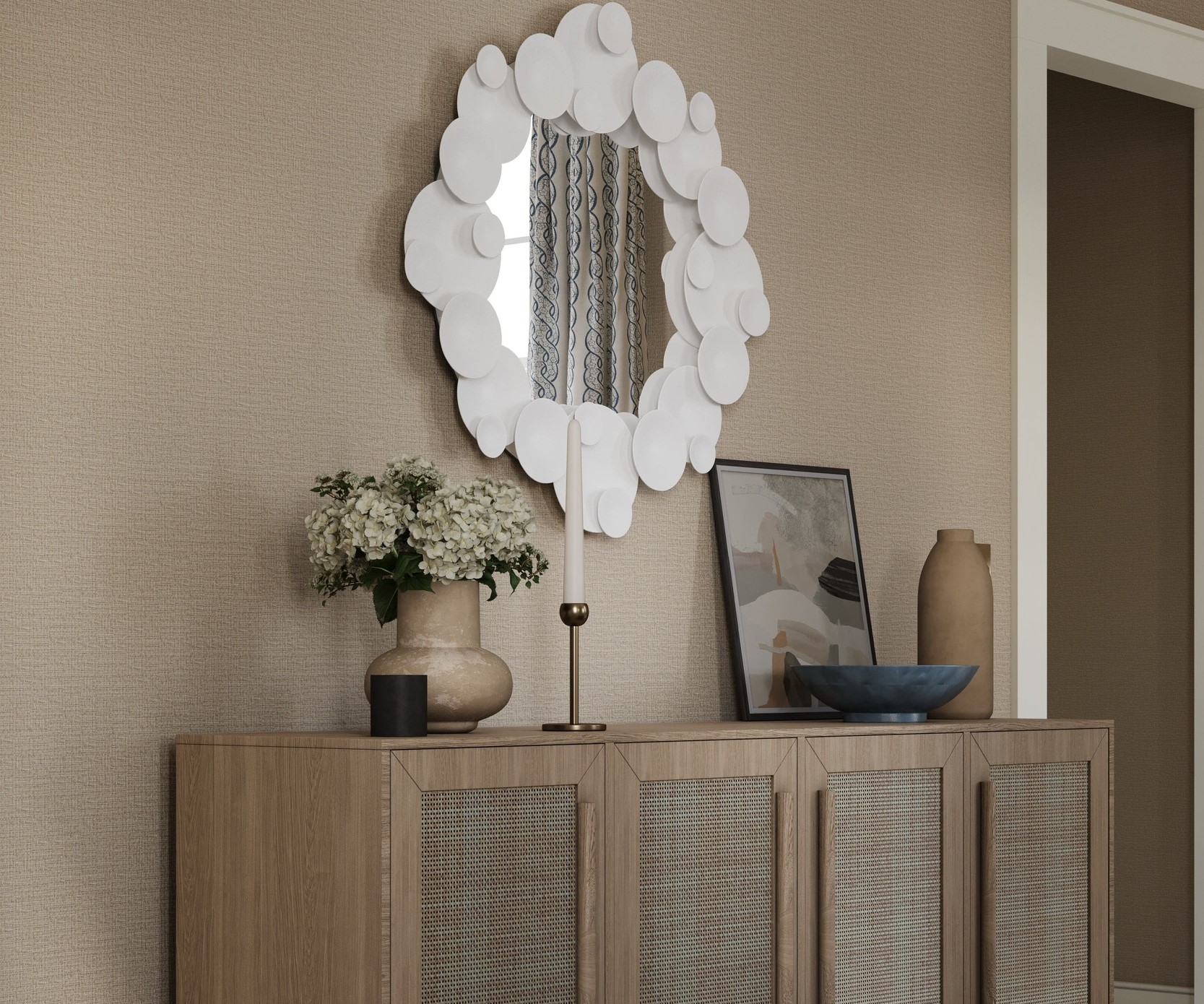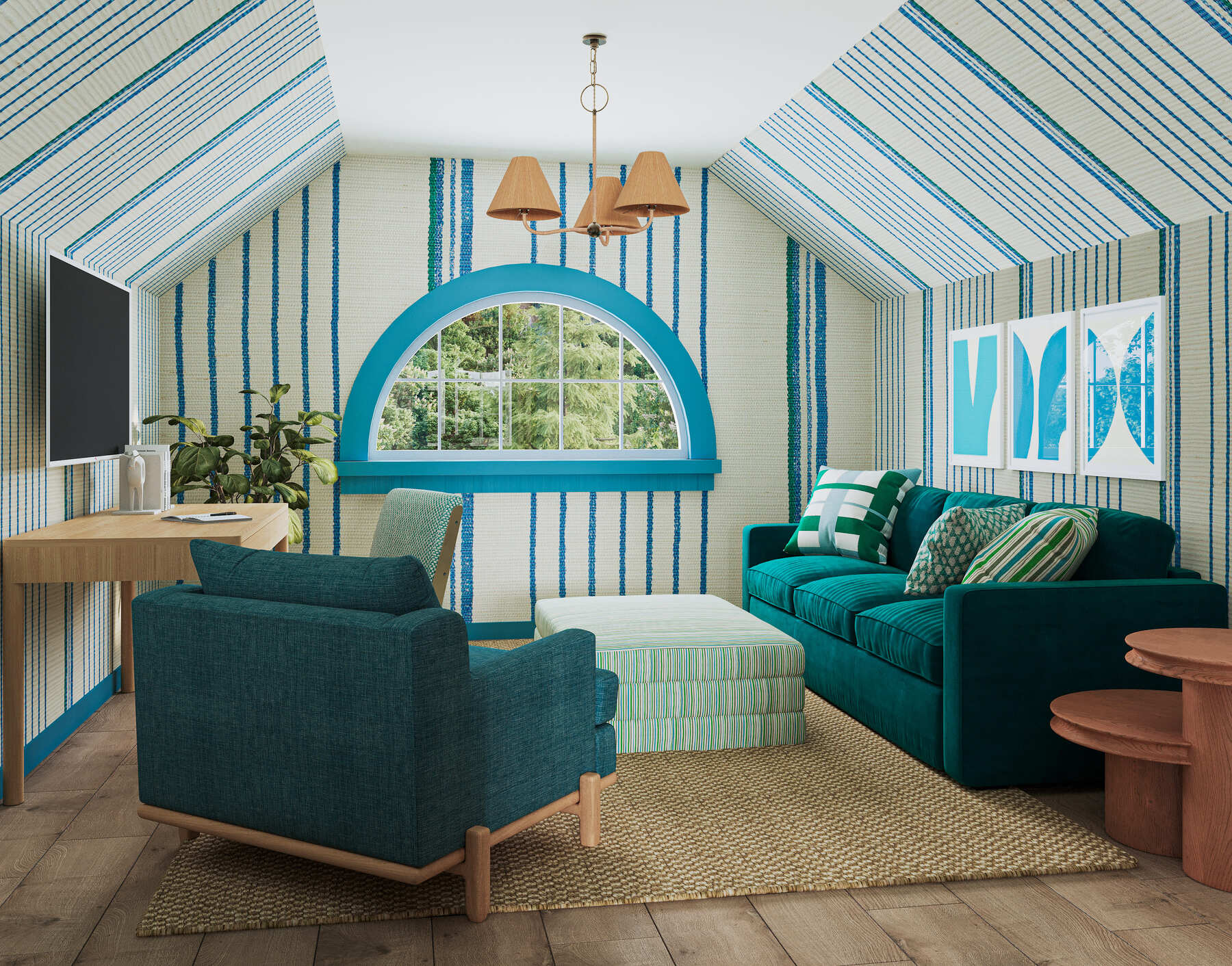Transforming eCommerce with 3D Models and WebAR Technology
In the rapidly evolving world of eCommerce, the integration of AR 3D model technology has emerged as a pivotal innovation, offering an immersive shopping experience that captivates customers and establishes new benchmarks for online retail. This transformative approach not only elevates the visual appeal of products but also seamlessly bridges the gap between digital exploration and physical interaction. This enables consumers to gain a deep understanding and appreciation of the products they are interested in. By harnessing the power of cutting-edge technologies, businesses are now able to showcase their products with unparalleled detail through AR 3D models, providing a realistic view that significantly enhances customer decision-making and satisfaction. This article explores the transformative impact of integrating AR 3D model technology with WebAR in eCommerce, reshaping consumer expectations and forging a path towards a more engaging and successful online shopping experience.
The Power of 3D Product Modeling & Rendering in eCommerce
The advent of 3D product modeling and rendering in the eCommerce sector represents a significant leap forward in how products are presented and experienced online. Unlike traditional two-dimensional images, 3D models offer a dynamic and interactive visual representation that allows customers to explore every angle and detail of a product, closely mimicking the in-store shopping experience. This level of detail and interactivity is achieved through sophisticated 3D rendering software and techniques that meticulously simulate textures, materials, lighting, and shadows, producing lifelike images that can significantly influence purchasing decisions.
For instance, the furniture industry has seen remarkable benefits from implementing 3D visualization. Retailers like IKEA have pioneered 3D product models, enabling customers to place virtual furniture in their homes through augmented reality. This practical application not only aids in visualizing how the product fits within a space but also complements the existing decor and ambiance. The ability to visualize products in such detail and context has been shown to reduce return rates, as customers have a clearer understanding of what they are purchasing, leading to higher satisfaction levels.
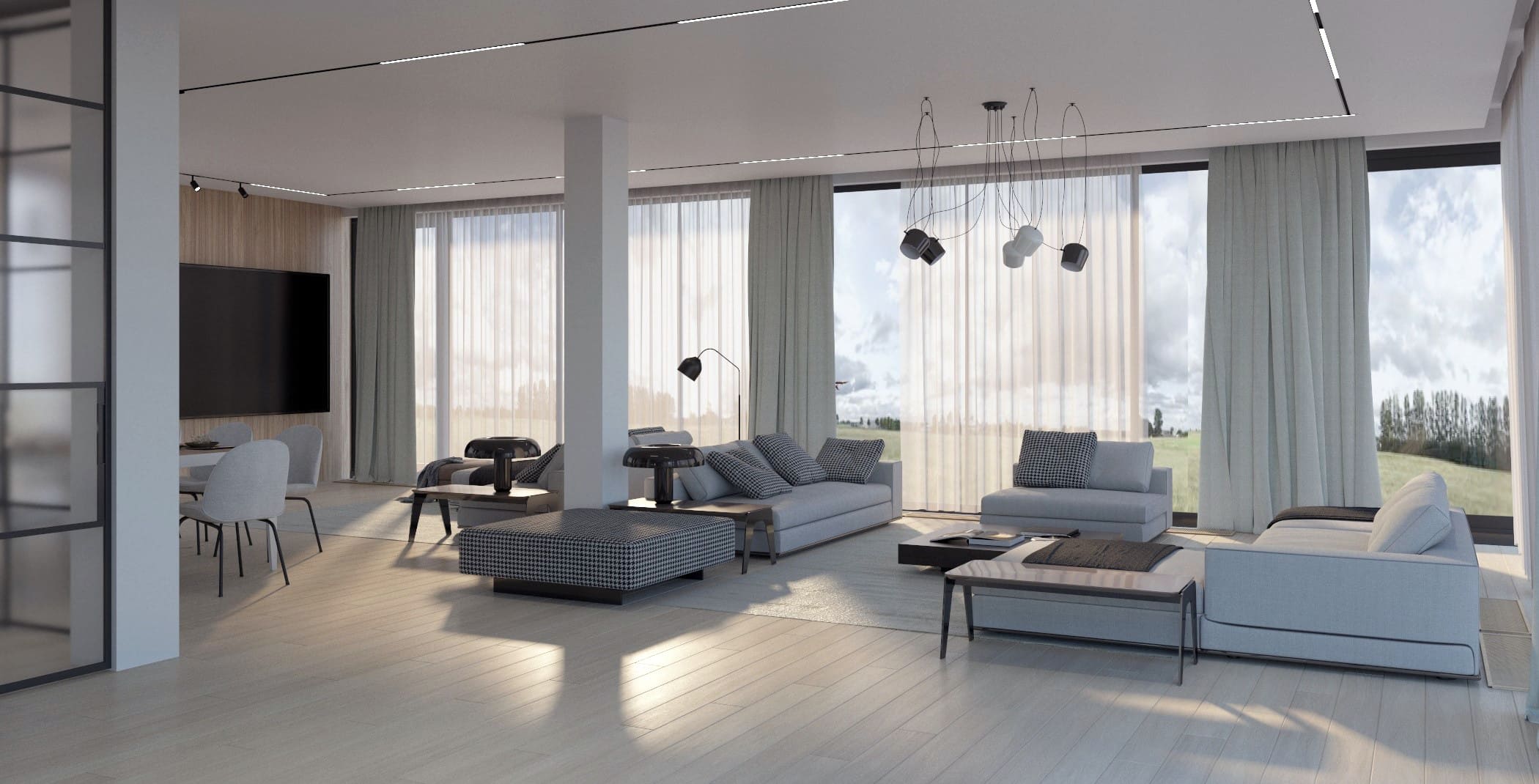 |
Image from Yousee Studio
Moreover, 3D product modeling and rendering are instrumental in customizing products online. For industries such as jewelry, where personalization is significant in purchasing, 3D rendering allows customers to customize designs in real-time, selecting materials, gemstones, and other details. This interactive process not only enhances the shopping experience but also empowers consumers to create products uniquely tailored to their preferences, increasing the product's perceived value and the likelihood of purchase.
The technical backbone of 3D product modeling involves complex software such as Autodesk 3ds Max, Maya, and Blender, which provide the tools necessary for creating detailed and accurate 3D models. These software solutions enable designers to build models from scratch or use photogrammetry techniques to capture physical products' exact dimensions and features. The rendered images can then be optimized for web use, ensuring they load quickly and efficiently on eCommerce platforms without compromising quality. This meticulous process requires a blend of artistic and technical knowledge, highlighting the importance of skilled 3D artists in achieving high-quality results.
Transitioning from traditional photography to 3D rendering presents economic advantages for eCommerce businesses. While the initial setup and creation of 3D models can require significant investment, the long-term benefits include lower costs for product photography, especially for businesses with extensive inventories. Unlike traditional photoshoots, which necessitate physical prototypes, logistics, and studio setups, 3D models can be updated or modified at a fraction of the cost, providing flexibility and scalability. This shift reduces operational expenses and accelerates the time-to-market for new products, giving companies a competitive edge in fast-paced marketplaces.
In conclusion, the role of 3D product modeling and rendering in eCommerce is multifaceted, offering tangible benefits regarding customer engagement, satisfaction, and operational efficiency. As technology advances and consumer expectations continue to evolve, the importance of 3D visualization in online retail will undoubtedly increase, making it an essential tool for businesses looking to thrive in the digital age.
WebAR: Bringing Products to Life in the Customer's Space
Integrating WebAR technology into eCommerce platforms marks a significant milestone in pursuing a seamless and interactive online shopping experience. WebAR operates by using the camera on a user's device to display digital objects in the physical world, offering a live, direct, or indirect view of a physical, real-world environment augmented by computer-generated sensory input such as sound, video, graphics, or GPS data. This immersive technology enables shoppers to place 3D models of products in their actual environment, whether it's furniture in a living room, a work of art on the wall, or even how a pair of glasses looks on their faces. The practical applications of WebAR in eCommerce are vast and varied, providing a unique opportunity for businesses to enhance product visualization and engagement.
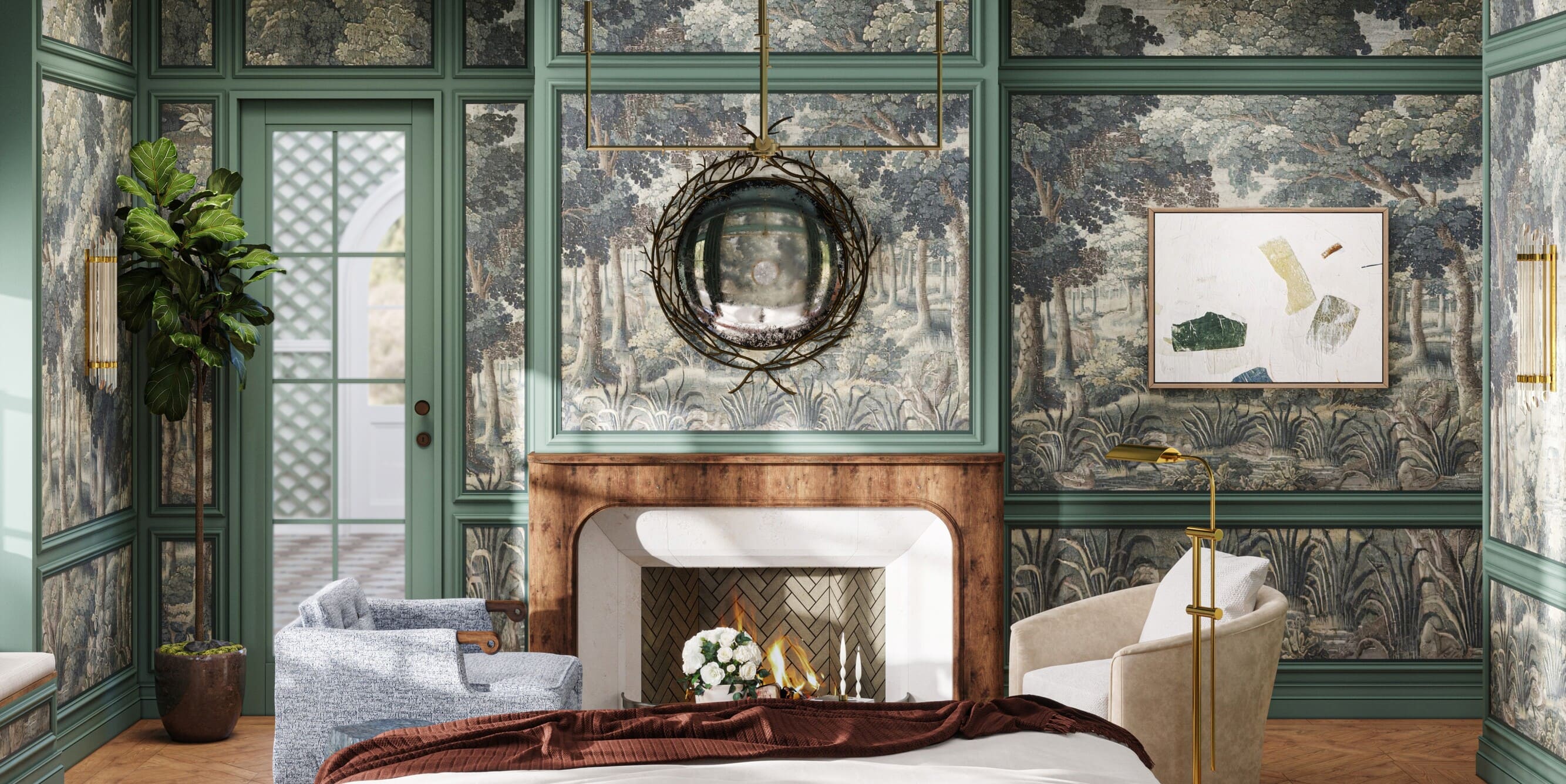
Image from Yousee Studio
The effectiveness of WebAR in eCommerce is underscored by its ability to provide customers with a hands-on virtual experience that closely mirrors physical shopping. For instance, home decor and furniture retailers, such as IKEA and Wayfair, have leveraged WebAR to allow customers to visualize how products would look and fit in their homes. This level of interactivity addresses one of the fundamental challenges of online shopping: the inability to experience products physically. By enabling customers to see how a sofa fits in their living room or how a lamp complements their decor, WebAR helps reduce doubts and hesitations, leading to more confident purchase decisions and, consequently, reducing return rates.
Moreover, implementing WebAR technology goes beyond mere visualization, offering interactive and customizable experiences that engage customers in the creative process. For example, automotive companies have begun using WebAR to allow potential buyers to customize car models in 3D, changing colors, wheels, and interior features with just a few clicks. This enhances the customer's engagement with the product and provides a personalized experience that strengthens the emotional connection to the brand.
Implementing WebAR in an eCommerce platform requires careful consideration of several technical and user experience aspects. From a technical standpoint, it involves selecting the right WebAR platform that can seamlessly integrate with the existing eCommerce infrastructure, ensuring that 3D models are optimized for real-time rendering without compromising quality or loading times. User experience considerations include intuitive user interfaces that make it easy for customers to access and use WebAR features, clear instructions, and support to guide users through the process and ensure compatibility across various devices and browsers.
The Impact on Conversion Rates and Customer Satisfaction
The adoption of 3D modeling and WebAR technologies has notably impacted conversion rates and customer satisfaction within the eCommerce sector. Studies and real-world applications have demonstrated that interactive 3D visuals and augmented reality experiences can significantly enhance customer engagement, leading to higher conversion rates than traditional 2D images. For instance, Shopify reported that products with 3D content showed a conversion rate increase of up to 250% on product pages. This dramatic rise can be attributed to the enhanced level of detail and interactivity provided by 3D models and AR, which helps build trust and confidence in online shoppers, making them more likely to purchase.
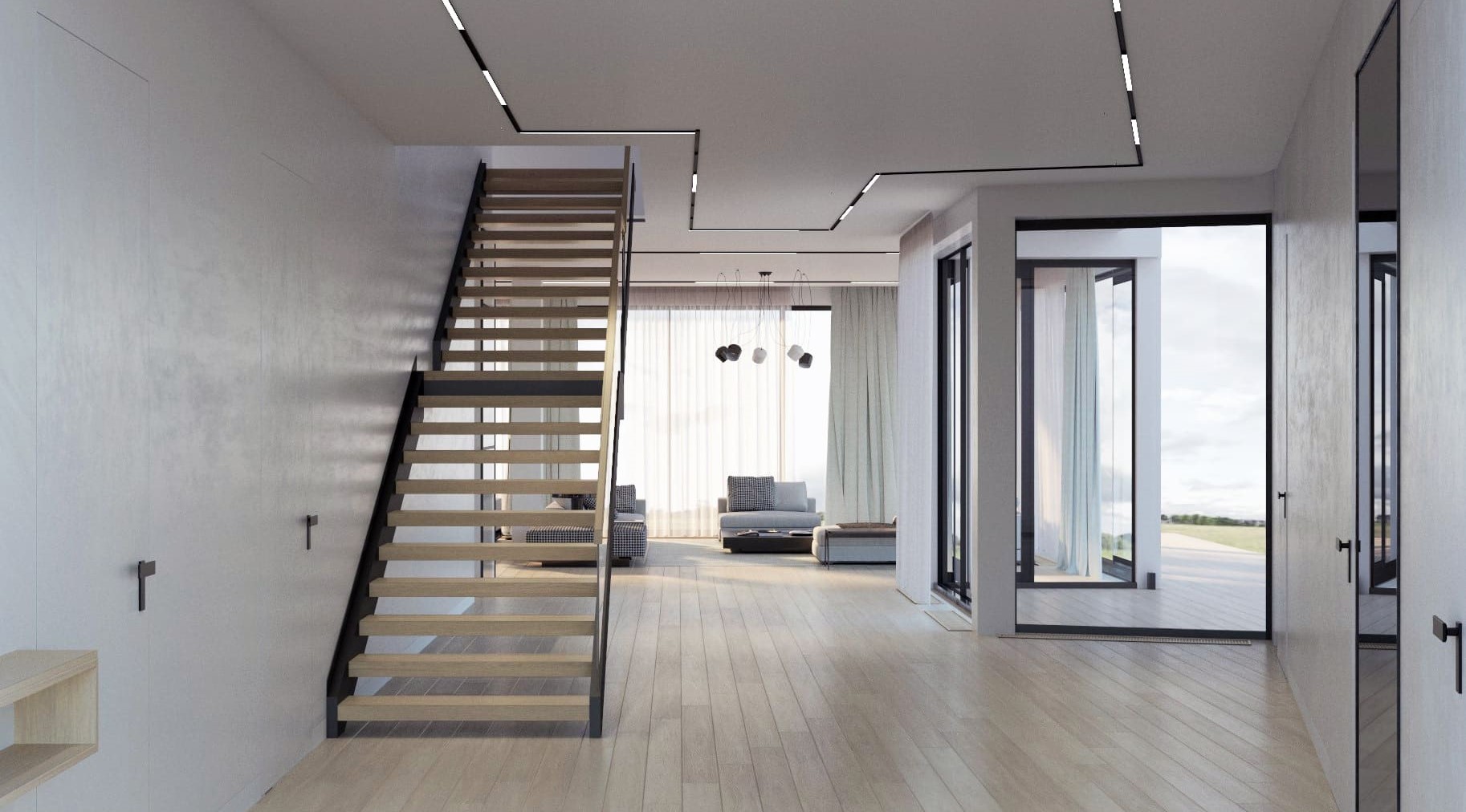 |
Image from Yousee Studio
Customer satisfaction is also profoundly influenced by the immersive shopping experiences facilitated by 3D and WebAR technologies. The ability to interact with products in a virtual space entertains and engages customers and gives them a deeper understanding of the product features and quality. This transparency and enhanced product interaction contribute to a more satisfying shopping experience, reducing the cognitive dissonance and buyer's remorse often associated with online purchases. Furthermore, personalized experiences enabled by these technologies foster a sense of connection and loyalty to the brand, which is invaluable in today's competitive market.
In conclusion, integrating 3D product modeling and WebAR technology in eCommerce platforms offers a revolutionary approach to online shopping, transforming how consumers interact with products and make purchasing decisions. Businesses can significantly improve customer engagement, satisfaction, and conversion rates by providing a rich, interactive, and personalized shopping experience. As technology continues to evolve and become more accessible, the adoption of 3D and WebAR in eCommerce is set to become a standard, reshaping the future of retail in the digital age.
Contact us at YouSee Studio for captivating 3D renderings and immersive virtual experiences.
Ray Lisbon is a content writer and the author of this article.

